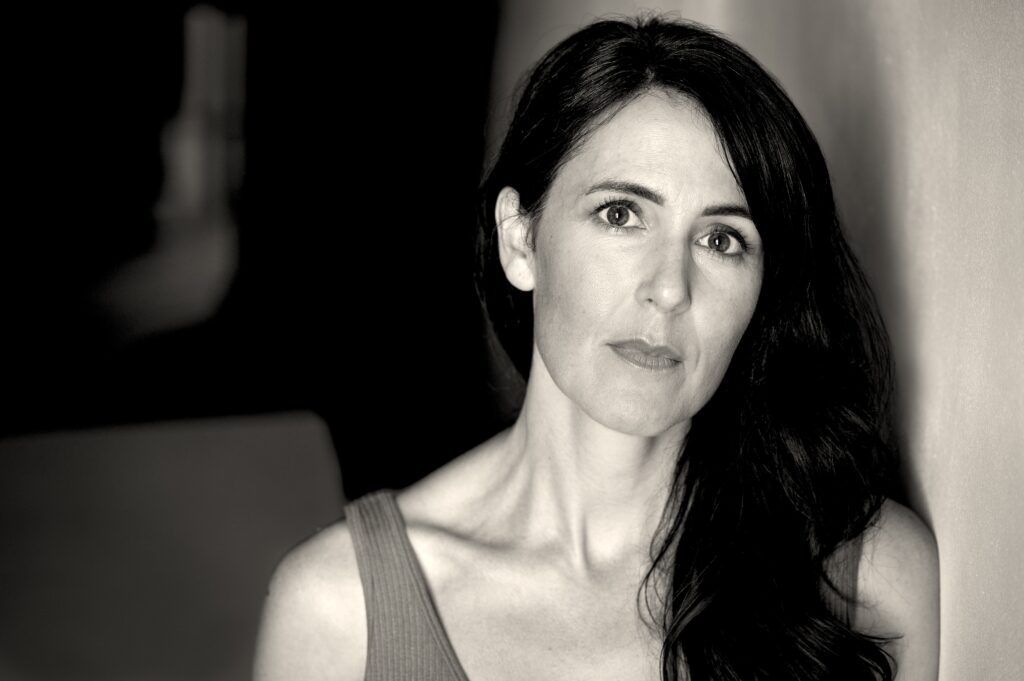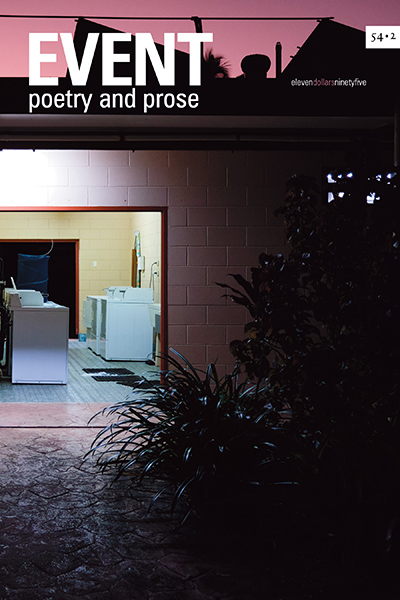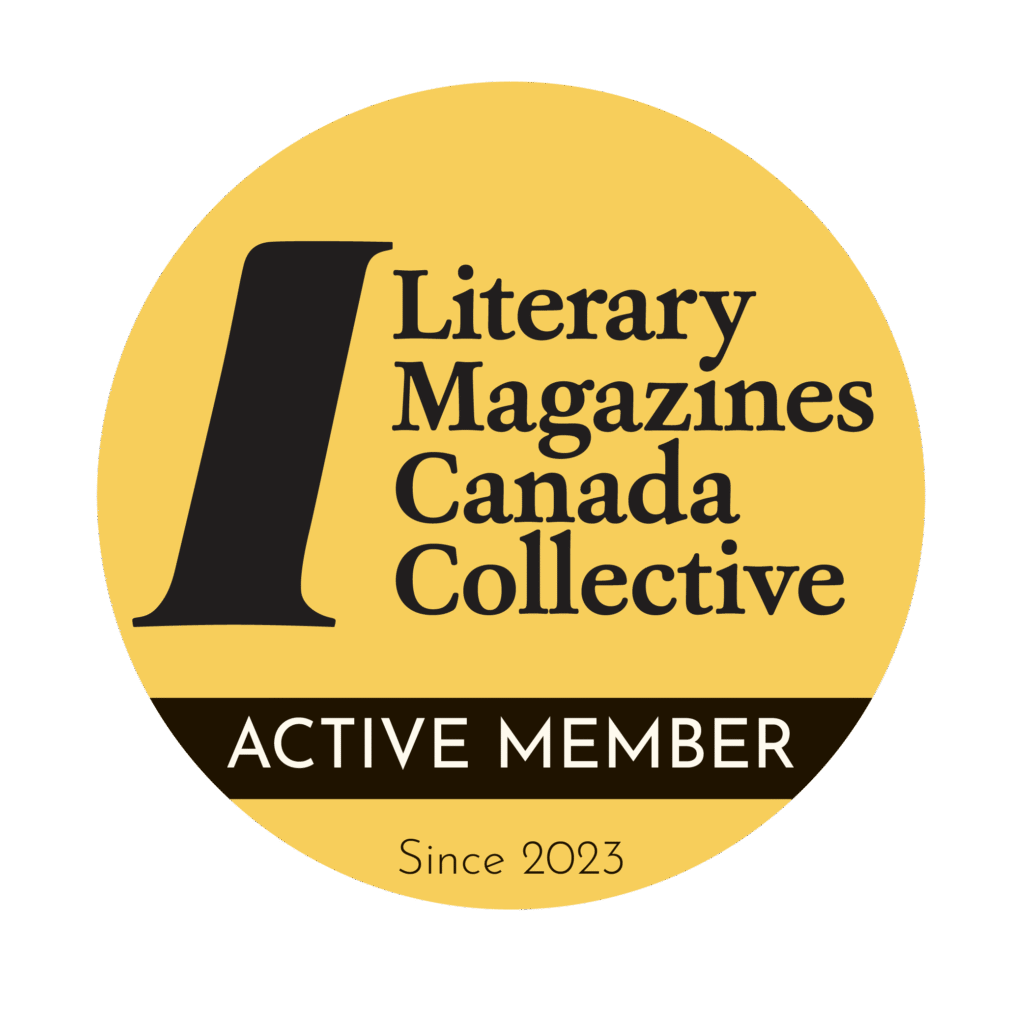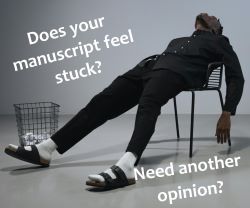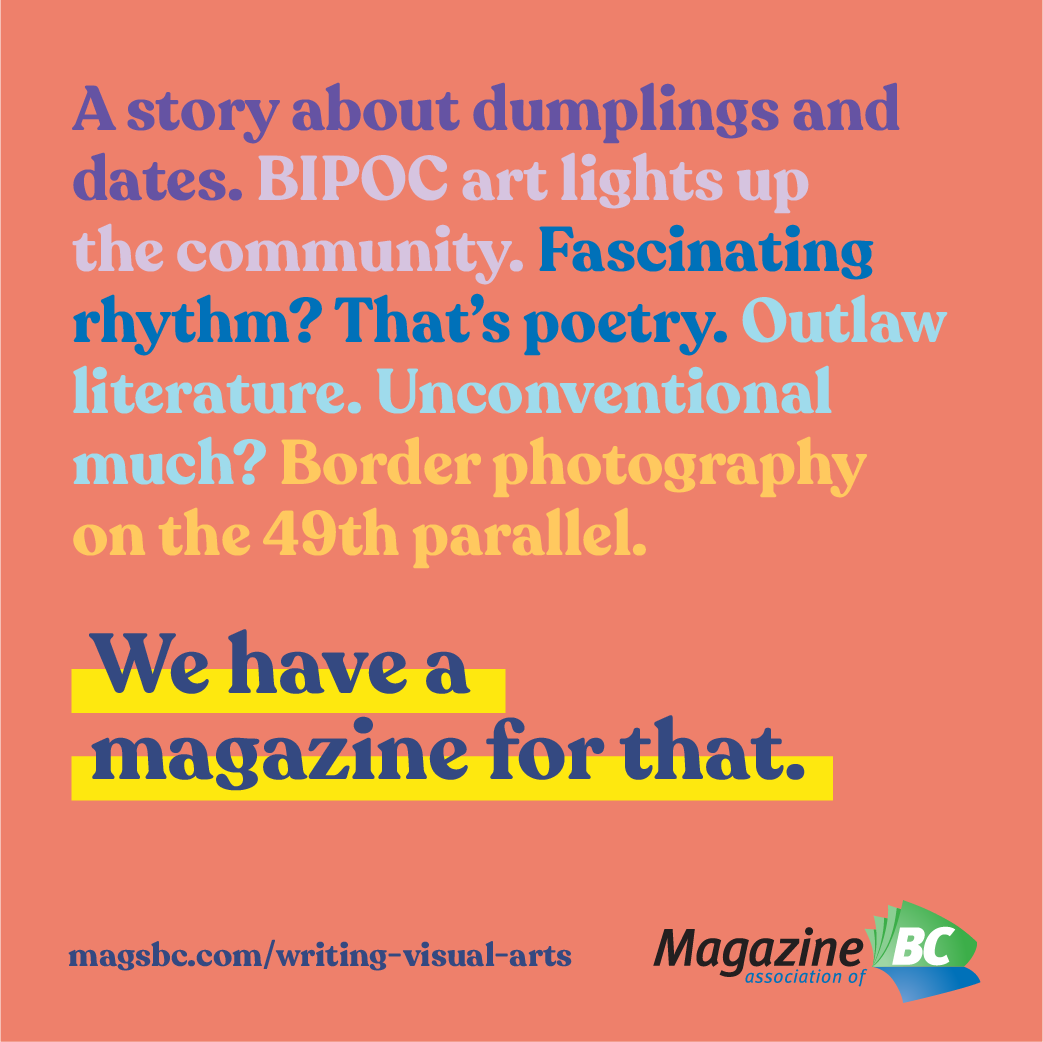Bushwhacking Through Drafts: Krista Eide Interviews Contest Winner Hilary Fair
HILARY FAIR is a writer from Ontario. Her work has been published in The New Quarterly and is forthcoming in Prairie Fire. Her essays have been short-listed for both the Edna Staebler Award and the CNFC/Humber Literary Review Nonfiction Contest. In 2021, she won the inaugural Amy Award for memoir.
KRISTA EIDE: Congratulations on winning first place in EVENT’s 2024 Non-Fiction Contest! “Predator, Prey,” published in EVENT 54/1, is about the lasting effects of a traumatic experience, but it also expands to include other experiences of frightening or violent men—both your own, and those of your female family and friends. What made you decide to widen the lens to include the women in your life?
HILARY FAIR: Thank you! I’m so thrilled to publish in EVENT.
A few weeks ago, I saw an Instagram post by the poet Joy Sullivan titled, “5 Mindset Shifts That Will Transform Your Writing.” Number two was: “Write what you (wish you didn’t) know.” I think that’s sort of what this whole essay is: Fear I wish I didn’t feel but do; stories I wish I didn’t know or remember but do.
The anecdotal fragments about my grandmother and the other women in, or just adjacent to, my family have been in every draft of this essay and I think this is because the stories about what these women’s bodies experienced were formative for me. They were told to me in good faith to help keep me safe, I’m sure. Probably relayed at an age where it seemed appropriate, maybe even urgent, for innocence to transition toward experience. I hadn’t forgotten these stories as I wandered around the world being a cautious-but-braver young woman, but I do wonder if their indelibility—maybe even the need to write them out of my own body—was amplified by the experiences of my later young adult life.
Also, a big part of working through the “why am I writing this?” was trying to find a perhaps impossible-to-locate origin for a sense of vulnerability that has felt so shameful and isolating. I know the harrowing statistics about domestic violence, especially versus the unlikeliness of stranger-danger, and there has been a prevailing sense of “Good grief, what is wrong with me?” and “Why can’t I logic my way through this unreasonable thing?” I realized after drafting the first version that I felt some need to build an argument. I suspect that the immediacy of leaning into the stories I’ve absorbed along the way was an instinctual impulse to situate my own experience among a community. Safety in numbers…validity in numbers, maybe?
KE: “Predator, Prey” is also about your difficulty of writing about trauma as you are still processing it. Can you tell us about the years-long experience of “bushwhacking through drafts,” and how the essay evolved to its final form?
HF: Gosh, this essay had so many iterations. It began as a flash piece—750 words and quick-burst fragments with the stories mentioned above carrying nearly as much narrative weight as my own experiences. At one point it had numbers as an organizing principle. I workshopped it in a seminar and got feedback that it was pretty ready to go, but I hesitated, and then a new reader suggested the essay was actually about the hijacking specifically, which lurked as a minor “character” at the end of that flash piece. She said, essentially, “You’ve buried the lede!” So, I rewrote it with a more detailed account of the event itself as the entry point. That structure didn’t feel quite right either and there was a long period where the essay languished. But all the while I also kept gathering in this slow, sometimes quite passive, sometimes more active way—news bites, observations about the wildlife we were living among, an unexpected essay about San teachings, conversations with my writing group—until I started layering those pieces into a new draft.
KE: In her contest judge’s essay, Michelle Cyca admires your piece for pushing against “the limitations of creative non-fiction” and avoiding the “tidy ending” we’ve come to expect. In your essay, you admit you tried but could not give the story a “transformation arc.” When did you know it wouldn’t conform to this convention, and how did you make peace with that?
HF: That phrase, “I long for a transformation arc here,” came up and out in a therapeutic writing workshop, totally unexpectedly. That’s another example of the gathering process. I don’t remember the prompt, or how I ended up writing about this essay in that session, but as soon as the concept scrawled across my notebook page, I knew it belonged in the piece. It let me own and inhabit the writing process differently—I think it actually emboldened my narrative voice as soon as I knew I wasn’t going to be able to find the redeeming moment, per se.
I remember revising with this new information in mind, and then giving the essay to my writing group for a second time. One reader, who’d read various versions, said she cheered out loud at the admission I had been writing and bushwhacking at this thing for so long—I think that’s the “owning” of the process; another reader, who writes about grief and trauma, was definitive in her support of the idea that this need not be, and in fact cannot be, summed up tidily. With this feedback, I knew I was closer to “finally done.”
KE: “Predator, Prey” references other women memoirists: Maggie O’Farrell, Annie Dillard and Lidia Yuknavitch. How have you used their work as a guide or a comfort when writing about difficult experiences?
HF: I have never, and probably will never, forget Maggie O’Farrell’s “Neck (1990),” nor the entire essay collection about near death experiences in I Am, I Am, I Am. Late in the revision stage, when I realized that widening the lens to include the stories of women in my life was part of an effort to create an “argument” or justification for my own experiences, I went back to O’Farrell’s essay. Conceptual reference to Annie Dillard was in, and was a starting point for, this piece the whole time (much like Mary Oliver, she is an example of a hero of my imagination—how I’d like to go out to the woods and be), but O’Farrell’s essay was the first thing I included in direct quotation. That’s when I really realized I was looking for a chorus of supporting voices to locate myself in, and so I let myself turn to poetry, news articles, and Lidia Yuknavitch’s work from there.
KE: You also work as a psychotherapist. How do your writing practice and your therapy practice complement or inform each other?
HF: Studying therapy was a gateway back to writing, post-hijacking. One of the hardest parts for me to understand about trauma was the way it can impact your executive functioning. Chronic hyperarousal (or activation of the mammalian brain centre) can compromise how the prefrontal cortex does its jobs (and this is the part of the brain where things like language live). When we came home, everyone said, “You need to write about this!” but I just couldn’t. I remember thinking writing had vanished and wasn’t coming back—the acute grief of that experience, and the felt urgency of needing to find something else to learn how to do. I didn’t go directly into the therapy schooling; first, I did a ceramics certificate and worked under a potter for about a year. I am pretty convinced that the tactile and non-verbal aspects of clay were how I healed my limbic brain, at least enough to be able to do the studying required by an academic program again. And then, being back in school sort of forced my hand back into writing because of all those papers. I had one professor in particular who supported creativity inside the constraints of pure academics; he approached me one day after reading an essay and said, “You’re a storyteller.” It was the biggest gift of that whole program. I think after that was when I started doing 10-minute writing prompts each morning and seeing that I could write creatively again. It was a long, slow road back that finally started to accelerate during the pandemic.
The second-best part of studying was the chance to deep dive into trauma research—a lot of really cool neuroscience information was pretty fresh back then, and I got to look at the use of clay and other art modalities in trauma recovery. I think that learning about the brain gave me more compassion for the journey I was on, and it reinforced my interest in bringing arts and writing-based approaches into my therapeutic work. I know reflective and exploratory work is different from craft work, but I think they also live in meaningful and complementary relationship with each other.
I tend to work with lovely, highly sensitive and artistic folks who experience anxiety and are hard on themselves. I know that all the self-compassion work I do with them has ripples back into my own life, and creative work, too. Most of the time I would like to operate 10 times faster than I do, but I am also learning to trust that the passage of time is maturing my voice and will continue to—and that the training I have in this “helping profession” will also help me create ever-rounder and more complex characters and storylines. I had a supervisor who used to say, “You don’t do therapy; you are therapy.” In both writing and therapy, the tool of the trade is the self in relation to life’s material—your own or others’ or, probably most often, both.
KE: Can you tell us about what you’re working on now, or any forthcoming publications to look out for?
HF: I have turned my slow, bushwhacking pattern toward fiction and am at work on a linked collection of short stories. One of those stories is slated to be published in Prairie Fire in late 2025.
KE: Are you reading anything good right now?
Top favourites of the last little while, in fiction, have been: Wild Dark Shore by Charlotte McConaghy, Long Island by Colm Tóibín (his sentences!), and Heartwood by Amity Gaige. I’m about to deep-dive back into Kimberly King Parson’s Black Light and I have a Mary Oliver’s Upstream on deck for CNF.
KE: Thank you, Hilary!
KRISTA EIDE is the Managing Editor of EVENT. Her fiction and creative non-fiction have been published in literary journals across Canada and in the anthology Back Where I Came From (Book*hug Press, 2024).






